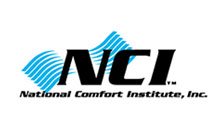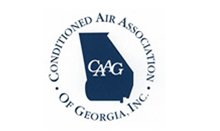
HIGH UTILITY BILLS? STUFFY ROOMS? DUSTY HOUSE?
IT COULD BE YOUR DUCTS!
A duct system that is properly sealed and insulated can make your home more comfortable, energy efficient, and safer.
Making improvements to your duct system can:

Improve Comfort
Sealing and insulating ducts can help with common comfort problems, such as rooms that are too hot in the summer or too cold in the winter. Enhance Indoor Air Quality Fumes from household and garden chemicals, insulation particles, and dust can enter your duct system, aggravating asthma and allergy problems. Sealing ducts can help improve indoor air quality by reducing the risk of pollutants entering ducts and circulating through your home.
Promote Safety
During normal operation, gas appliances such as water heaters, clothes dryers, and furnaces release combustion gases (like carbon monoxide) through their venting systems. Leaky ductwork in your heating and cooling system may cause “backdrafting,” where these gases are drawn back into the living space, rather than expelled to the outdoors. Sealing leaks can reduce this risk.
Save Money
Leaky ducts can reduce heating and cooling system efficiency by as much as 20 percent. Sealing and insulating ducts increases efficiency, lowers your energy bills, and can often pay for itself in energy savings. Plus, if you’re planning to install new heating and cooling equipment, a well-designed and sealed duct system may allow you to downsize to a smaller, less costly heating and cooling system that will provide better dehumidification.
Protect the Environment
When power plants burn fossil fuels to make electricity, they release greenhouse gases. By sealing ductwork and using less energy at home, you can help reduce these emissions and fight global warming.
Know your Ducts
In houses with forced-air heating and cooling systems, ducts are used to distribute conditioned air throughout the house. But in typical houses, about 20% of the air that moves through the duct system is lost due to leaks, holes, and poorly connected ducts. The result is higher utility bills and difficulty keeping the house comfortable, no matter how the thermostat is set.
Some signs that your home may have leaky, poorly insulated, or inefficient ducts:
- You have high summer and winter utility bills.
- You have rooms that are difficult to heat and cool.
- You have stuffy rooms that never seem to feel comfortable.
- Your ducts are located in an attic, unfinished basement, crawlspace, or the garage.
- You find tangled or kinked flexible ducts in your system.
Source: EnergyStar.gov


















